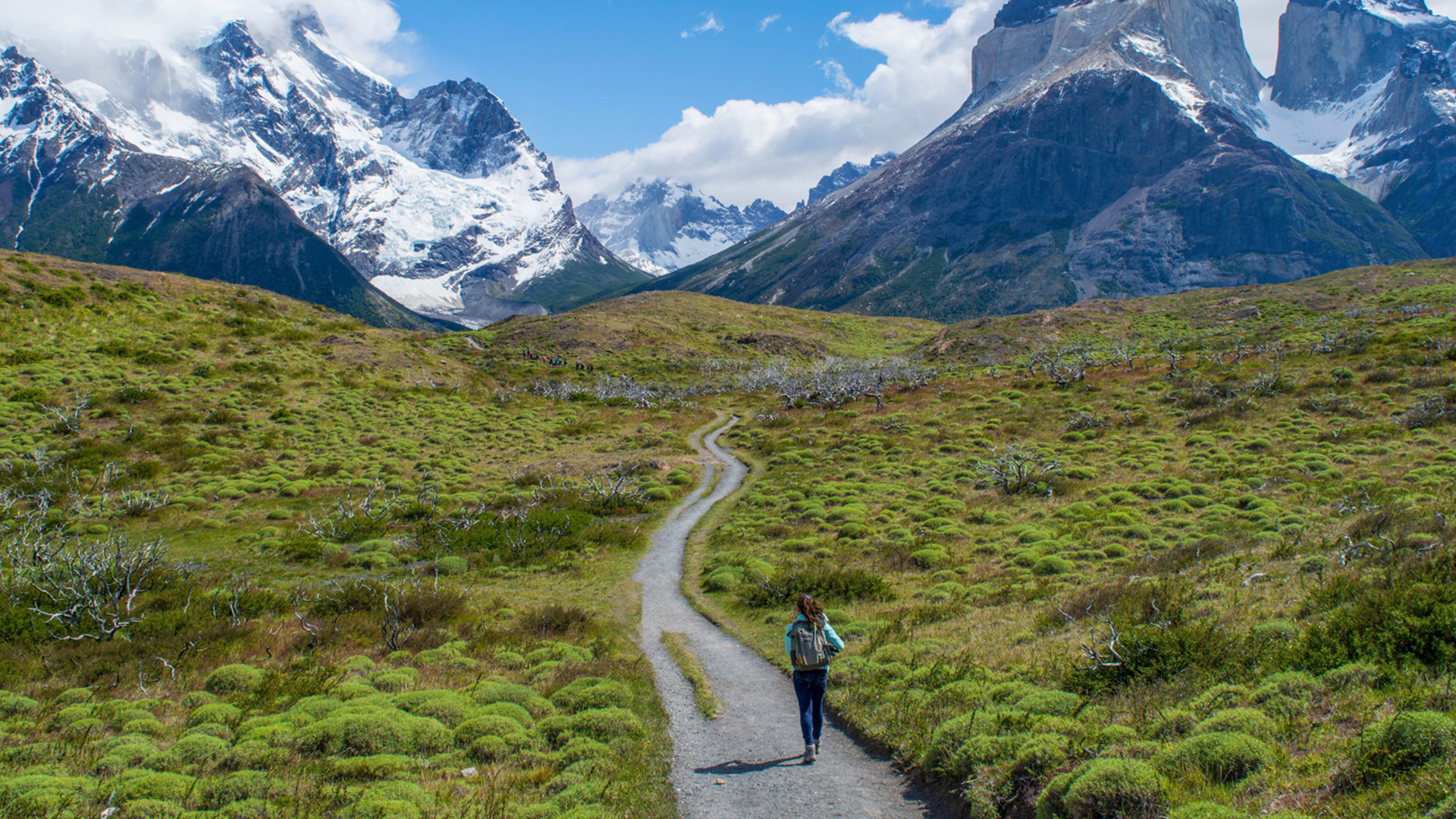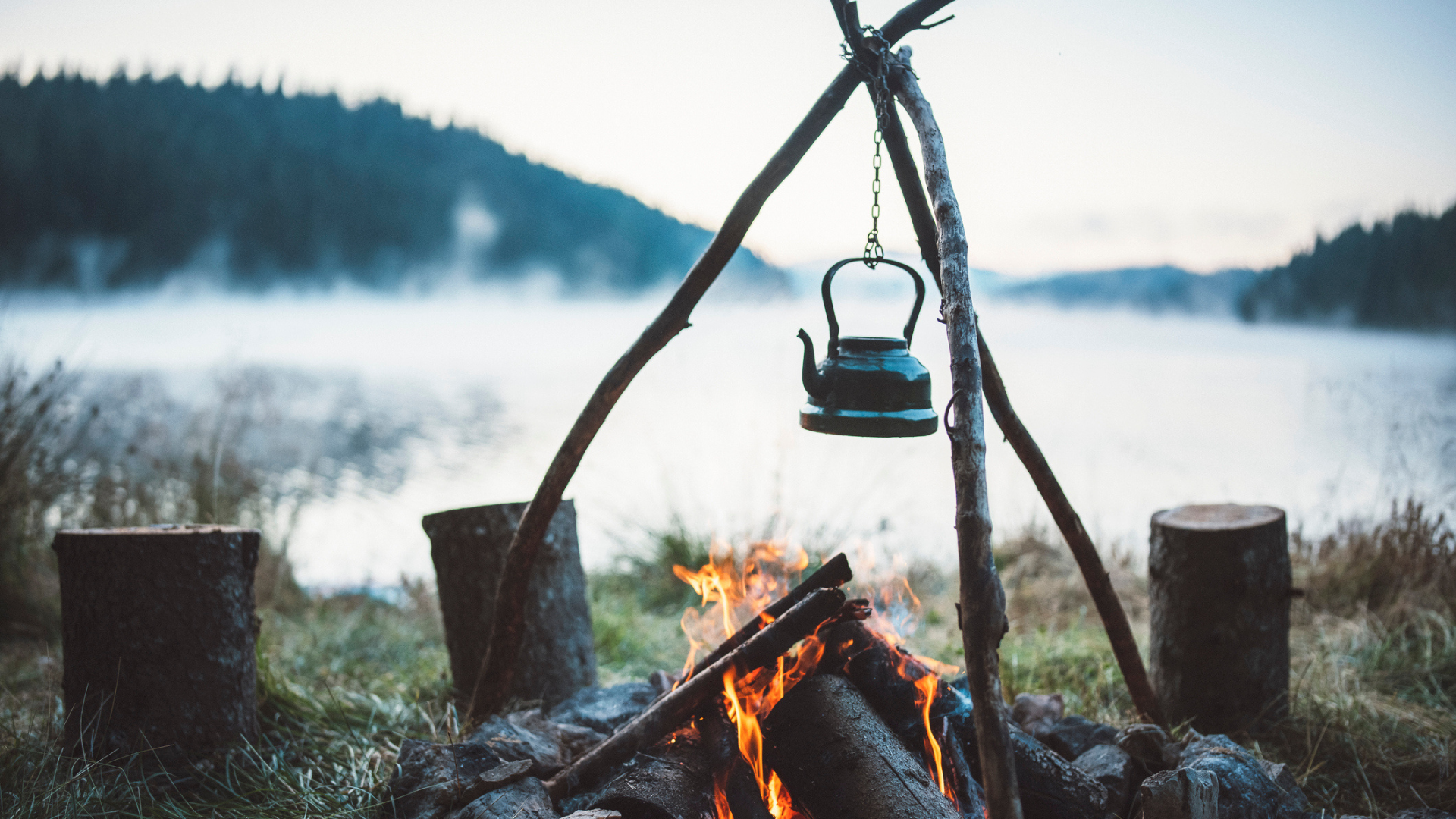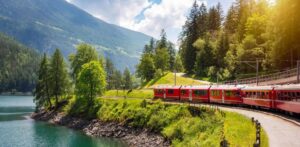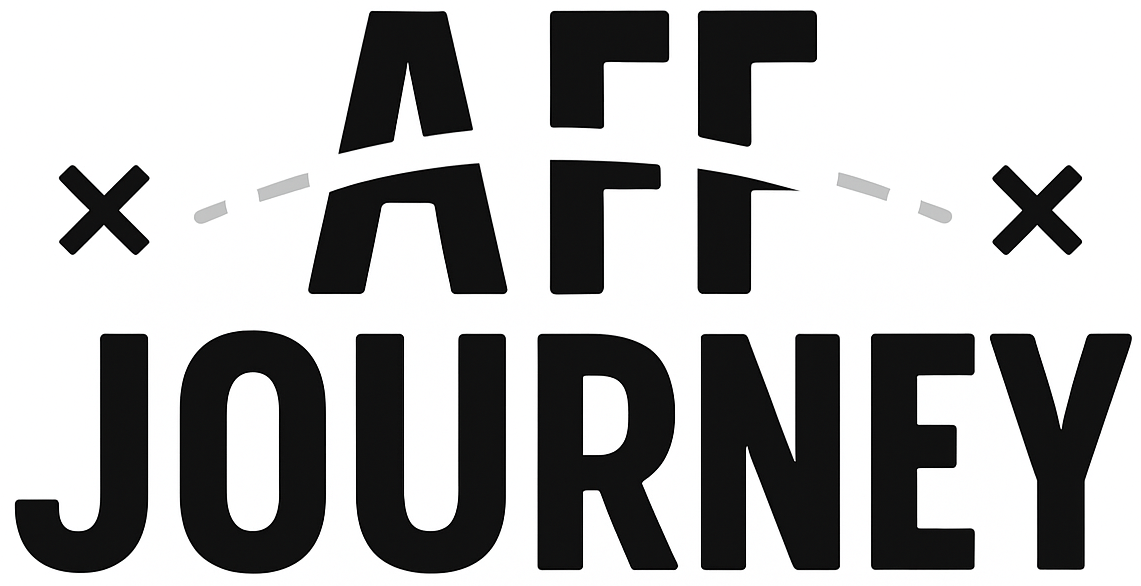© 2025 AffordableJourney. Built with care by our team. All rights reserved.
From Fear to Freedom: My First Solo Hike Across Patagonia
By Kaitlyn Fraser
Overcoming self-doubt and reconnecting with nature on a life-altering trail.
The Decision: Why I Chose to Hike Patagonia Alone
Before I boarded the flight to Argentina, I had re-checked my packing list six times, stared at weather forecasts for each region of Patagonia obsessively, and questioned my own sanity on a daily basis. Patagonia wasn’t just another travel destination—it was the wild frontier of my imagination, a place filled with sharp winds, jagged peaks, and long silences. It had always called to me, but I’d waited years to answer. Why? Fear.
Fear of being alone. Fear of failure. Fear of not being strong enough.
But something changed the year I turned 29. I had just left a draining corporate job in Toronto and ended a long-term relationship that had become more routine than real. One evening, sitting on my apartment floor surrounded by hiking gear I hadn’t used in two years, I made the decision: I would hike Patagonia—alone. I wasn’t trying to prove anything. I was trying to feel something again. Something real. Something raw.

Landing in El Calafate: The Beginning of Everything
The wind hit me the moment I stepped off the plane. El Calafate greeted me with a chill that cut through my jacket, but it also woke me up. I checked into a modest hostel, where fellow hikers sat exchanging route suggestions over cups of yerba mate. I was drawn to a Dutch woman who had just completed the W Trek in Torres del Paine. She radiated peace and power. She said, “You don’t conquer Patagonia. You survive it. You walk with it.”
I chose to begin my journey with the Laguna de los Tres trek near El Chaltén—a place so beautiful it hurts your heart. I would hike part of it solo, with check-ins back at the town hostel every few days. My stomach turned with every mile on the bus to El Chaltén. The road was surrounded by endless steppe, wind-blasted and empty. I asked myself over and over: What are you doing out here, Kaitlyn?

Day One: The Hike Begins with Doubt
The trail to Laguna Capri started gently, winding through forests and open plains with views of the Fitz Roy range peeking between clouds. My pack felt heavier than I remembered. My legs were stiff. Within the first hour, I doubted everything.
Why did I come alone?
Why didn’t I train more?
Why does my fear feel louder than the wind?
But then, halfway through the climb, something shifted. I passed a group of hikers and noticed how breathless and red-faced they were—just like me. I wasn’t failing. I was doing it, step by trembling step. That night, I pitched my tent near a small glacial stream and ate cold rice from a reusable pouch. It was the best meal I’d had in months.
The Loneliness—and the Liberation
Day three was the hardest. My legs ached. Blisters formed. I hadn’t spoken to another human in over 36 hours. The silence began to play tricks on my mind. I remembered arguments from months ago, career regrets, things I’d buried under work emails and daily routines.
But as the sun broke over the ridge on the fourth morning, everything changed. I reached a viewpoint that showed the entire Fitz Roy massif bathed in gold. It felt sacred. And in that moment, I cried—not from pain, but from release. For the first time in a long time, I wasn’t chasing approval or running from anxiety. I was just there, breathing with the mountains.
I realized solitude is not emptiness—it’s freedom.

Lessons from the Trail
Each day on the trail taught me something.
That strength is built in silence, not applause.
That listening to your body is a radical form of self-love.
That you can carry both fear and courage in the same breath.
I stopped comparing myself to Instagram hikers or YouTube adventurers. I stopped measuring my worth by how fast I moved or how far I went. The mountain didn’t care if I reached the summit—it cared only that I walked with intention.
On my fifth night, I met another solo hiker—an older man from New Zealand who had lost his wife two years earlier. We shared dinner and stories. He said something I’ll never forget: “You come out here thinking you’ll get answers. But it’s the questions that matter more.”

Returning to the World Changed
When I returned to El Chaltén after ten days, I didn’t feel triumphant—I felt grounded. I wasn’t the same person who had arrived on that bus with shaking hands and too much self-doubt. I had discovered a new rhythm, one built on resilience, breath, and connection to the earth.
Back in Toronto, the city lights felt too bright, the sidewalks too smooth. But I carried Patagonia in my bones—in the way I walked slower, in how I craved sky over screens, in how I made decisions with more quiet confidence.
That solo hike wasn’t just a physical journey. It was the start of a new relationship—with nature, yes, but more importantly, with myself.

Don’t Wait for Permission
If there’s a trail calling to you, listen.
Don’t wait for someone to join you. Don’t wait to be fully ready. Don’t wait for fear to disappear—because it won’t. It’ll walk beside you. Let it. Invite it. Then keep walking.
You don’t need to conquer Patagonia. Or fear. Or yourself. You only need to meet them with honesty—and let the journey do the rest.
Have you hiked solo or conquered a fear on the trail? Share your journey in the comments or tag @AffordableJourney with #FreedomOnFoot.




